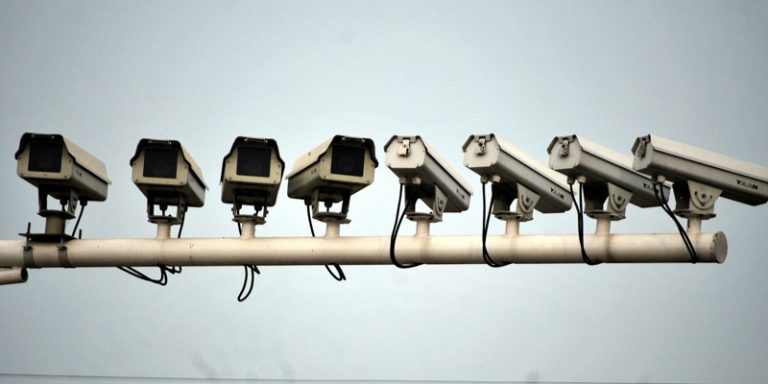
According to a BBC News article, the Chinese province of Henan is developing a surveillance system with facial recognition. The aim of the system is to detect journalists, foreign students and other “people of concern” to the authorities.
Henan province has a population of 99 million and is the third largest province in China. It has recently suffered from very heavy flooding, which has caused many victims and whose international media coverage has been strongly criticised in China.
It was in this province, according to documents seen by BBC News, that a tender was published on the Henan provincial government’s procurement website on 29 July. It concerned a surveillance system for foreign journalists and students and was won on 17 September by the company NeuSoft with a contract worth $782,000, which the company declined to comment on.
Tender for custom security technology
BBC News, as well as Reuters, claim to have seen documents relating to the tender after US-based surveillance research firm IPVM identified it. Donald Maye, head of operations IPVM said:
“While the PRC has a documented history of detaining and punishing journalists for doing their jobs, this document illustrates the first known example of the PRC building custom security technology to streamline state repression of journalists.”
The 200-page tender from the Henan provincial government contains a lot of information. The system compiles individual files. It uses 3,000 facial recognition cameras connected to national and regional databases; cameras that can identify an individual wearing a mask or glasses and whose images are used by as many as 2,000 agents.
A traffic light system
The facial recognition system is linked to thousands of cameras in Henan to alert authorities when a “person of concern” is located. These people would be classified into “thematic libraries” in an existing database containing information and images of the province’s residents. The system would also be linked to the Chinese national database.
Journalists should be divided into three categories: red, yellow and green, in descending order of risk. The system would also assess foreign students and divide them into three risk categories – “excellent foreign students, general staff, and key people and unstable staff”.
The security assessment is carried out by focusing on the international students’ daily attendance, examination results, whether they come from key countries and whether they follow school discipline,” the documents state. These would highlight the desire for the system to also contain information from:
- mobile phones
- social networks – such as WeChat and Weibo
- vehicle details
- hotel stays
- travel tickets
- property ownership
- photos (from existing databases)
Importantly, the system should also focus on “women in distress”. These would be migrant women, therefore non-Chinese, who do not have the right to live in the country.
“The technical architecture of mass surveillance in China remains poorly understood… but the introduction of personalized surveillance technology to streamline state suppression of journalists is a new development. These documents shed light on what China’s public security officials expect from mass surveillance,” said Conor Healy, IPVM’s government director.
This facial recognition security system is said to be directly linked to the National Immigration Bureau, the Ministry of Public Security and the Henan provincial police.
Translated from Chine : une province utiliserait l’intelligence artificielle pour cibler les journalistes et les étudiants étrangers









